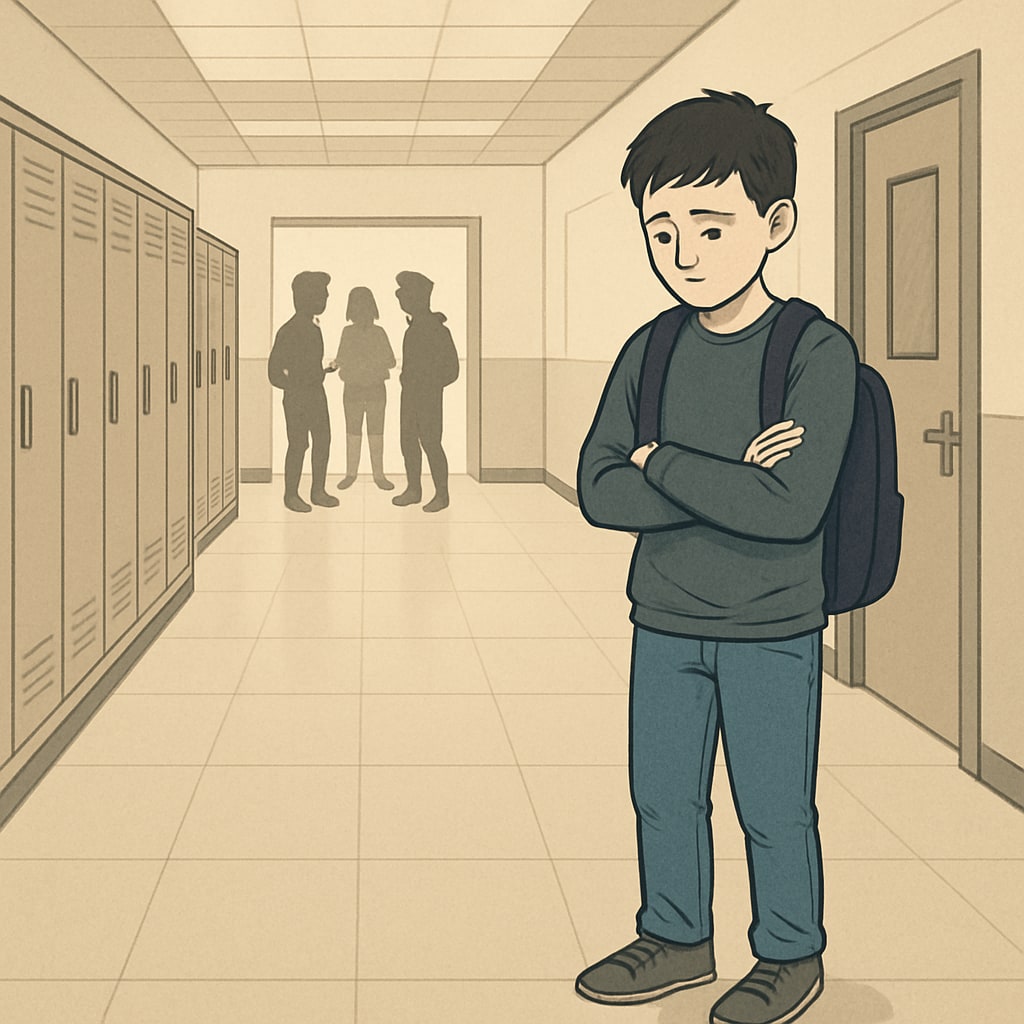Brown University’s decision to sign an agreement with the Trump administration enforcing binary gender policies has drawn widespread criticism. This development has raised significant concerns about the rights and well-being of transgender students, both at the university level and across K-12 education systems. By prioritizing a strict interpretation of the gender binary, this policy threatens to undermine years of progress in fostering inclusivity and respect for gender diversity in educational institutions. The implications of this decision extend far beyond the university, creating a ripple effect that could shape the lives of countless students.
The Gender Binary Agreement: A Step Backward
In recent years, the concept of a binary understanding of gender—strictly male or female—has been increasingly challenged. Many educational institutions, including Brown University, had previously embraced more inclusive policies to support transgender and nonbinary students. However, the agreement with the Trump administration marked a stark shift. This agreement enforces binary gender definitions, rejecting the recognition of gender identities outside male and female categories.
This policy shift comes as a result of federal funding pressures, which forced the university to comply with the administration’s stance. For transgender students, the implications are immediate and harmful. Beyond limiting access to facilities that align with their gender identity, such policies erode a sense of safety, belonging, and dignity for these students.

Impacts on K-12 Education Systems
The adoption of binary gender policies at Brown University serves as a troubling precedent for K-12 education. Public schools frequently look to universities for guidance on best practices in diversity and inclusion. By aligning with a restrictive gender framework, Brown University sends a message that could embolden similar policies in primary and secondary schools.
For example, enforcing binary gender policies in K-12 schools could lead to:
- Restricted access to gender-affirming restrooms and locker rooms.
- Elimination of programs supporting LGBTQ+ inclusivity.
- Increased bullying and harassment of transgender students due to institutional reinforcement of binary norms.
- Higher dropout rates among transgender students who feel unsafe or unwelcome in educational settings.
The ripple effects of these policies are well-documented. According to the Human Rights Campaign, a lack of affirming environments significantly increases the risk of mental health challenges among transgender youth, including anxiety, depression, and suicidal ideation.

Building an Inclusive Future
Despite these challenges, there are clear steps that educators and policymakers can take to counter the harmful effects of binary gender policies. Schools and universities must prioritize inclusivity by:
- Implementing gender-affirming policies, including the use of preferred names and pronouns.
- Providing access to gender-neutral facilities and accommodations.
- Training staff and faculty to create safe spaces for transgender students.
- Establishing clear anti-discrimination policies that protect gender identity and expression.
Additionally, advocacy organizations and educators must continue to challenge restrictive policies while amplifying the voices of transgender and nonbinary students. For instance, resources like GLSEN provide tools and support for creating inclusive schools at all levels. By fostering a culture of acceptance, educational institutions can ensure that every student has an equal opportunity to thrive.
Conclusion: A Call for Action
Brown University’s compliance with binary gender policies highlights the ongoing struggle for transgender rights in education. However, this crisis also serves as a call to action. By standing against restrictive policies and advocating for inclusivity, educators, parents, and students can work together to build schools where everyone feels valued and respected. The lessons learned from this situation should inspire a renewed commitment to gender diversity, starting in K-12 classrooms and extending to higher education institutions worldwide.
In the words of author and activist Janet Mock, “The path to freedom begins with self-acceptance.” It is the responsibility of educational institutions to nurture that journey for every student, regardless of their gender identity.


